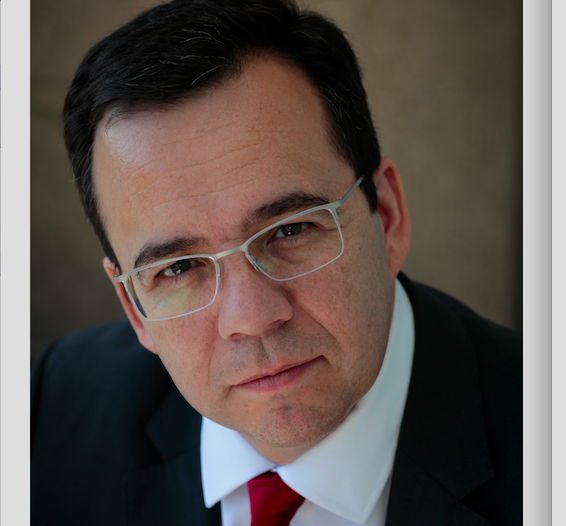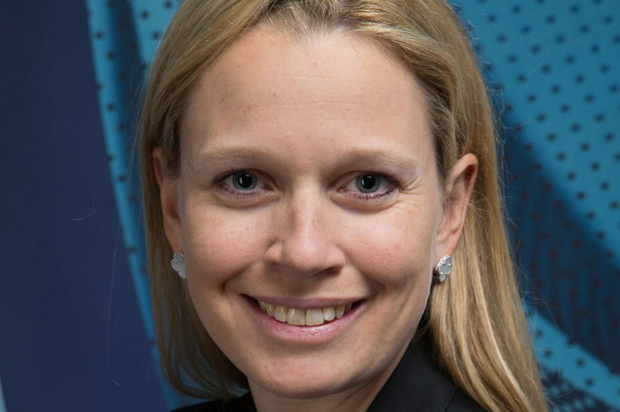BlackRock: 2016 Latin America & Iberia Investment Forum
| For Fórmate a Fondo | 0 Comentarios

Connectivity brings with it a positive force for change, and in turn, innovation. By almost all measures, the world is more connected than ever, hastening the access and speed of information and data. The impact of connectivity and innovation on the financial community is no exception.
On March 14-16, 2016 BlackRock hosted its fourth annual Investment Forum with the objective of Connecting for a Better Tomorrow.
The message throughout the conference was focused on how best to transform challenges into opportunities by working hand and hand with key partners that will help foster innovative solutions. Through this message of connectivity, BlackRock empowered its clients to make connections to the trends, insights and solutions that will matter not only today, but also in the future investment landscape.
Over two days, The BlackRock Investment Forum connected 180 wealth and institutional clients across 10 countries in Latin America & Iberia. Clients attended a total of 15 sessions led by BlackRock leaders across the firm, such as the President of the firm, six members of the Global Executive Committee and several investment leaders.
Notable sessions included:
Keynote: Talent and Innovation
The keynote address from Rob Kapito, President and Director of BlackRock, stressed the importance of rethinking how our industry can help clients move cash off of the sidelines in order to invest for the future. To set this catalyst for change, “modern technology can be applied to the challenges clients are facing in order to help make better investments decisions to achieve the outcomes needed.”
Big Data achieve returns
In a recent study, IBM estimated that approximately 90% of the data in the world today was created in the last two years. In addition to there being more data, we have the capability to understand this data more comprehensively and quickly than ever before.
In this forward looking session, Rob Goldstein, Chief Operating Officer of BlackRock, interviewed Raffaele Savi, Co-CIO for Blackrock’s Scientific Active Equity and Co-Lead of Active Equities on how the intersection of technology and investors will revolutionize the way we invest in the future. They focused their discussion on understanding how BlackRock’s Scientific Active Equity (SAE) Team harnesses the power of Big Data, providing new signals and indicators through advanced methods of data extraction to seek sustained alpha across market environments.
The Power of Factor Investing: Smart Beta
Other ways investors are building better portfolios is through Factor Investing. Sara Shores, Managing Director and Head of Smart Beta Strategies at BlackRock, touched on the importance of factor investing and how it is empowering investors by identifying and precisely targeting broad, persistent and long-recognized drivers of return.
Smart Beta strategies have democratized access to Factor Investing. Individuals, investment professionals and institutions alike are using these strategies to screen thousands of securities to capture single or multiple factors transparently and efficiently. As of April 2016, Smart Beta ETP flows hit a new monthly high with $7.8bn*”
Other sessions presented at the 2016 Investment Forum included:
- The State of the Markets
- Geo-Political Perspectives
- Connecting Investors to Retirement Capabilities
- Financial Distribution Trends
- Casting a Wider Net with Multi Asset Investing
- Equity Markets: New Drivers, Rethinking Fixed Income in 2016 and Beyond
- ETF Growth
- Connecting to New Sources of Diversification: The Alternatives Approach
- Investing with IMPACT
- Portfolio Construction
At the end of the Forum clients walked away with a better understanding of the importance of becoming more outcome-oriented than ever before. Investment decisions are no longer just about products or asset classes but rather finding the diversified solutions that will help investors achieve their investment goals. As highlighted by the Forum, connecting with the right partner is critical in order to foster innovative solutions that can transform today’s challenges into tomorrow’s opportunities.
*Data is as of March 31, 2016 for all regions. Global ETP flows and assets are sourced from Markit as well as BlackRock internal sources. Flows for the years between 2010 and 2015 are sourced from Bloomberg as well as BlackRock internal sources. Flows for years prior to 2010 are sourced from Strategic Insights Simfund. Asset classifications are assigned by BlackRock based on product definitions from provider websites and product prospectuses. Other static product information is obtained from provider websites, product prospectuses, provider press releases, and provider surveys.




















